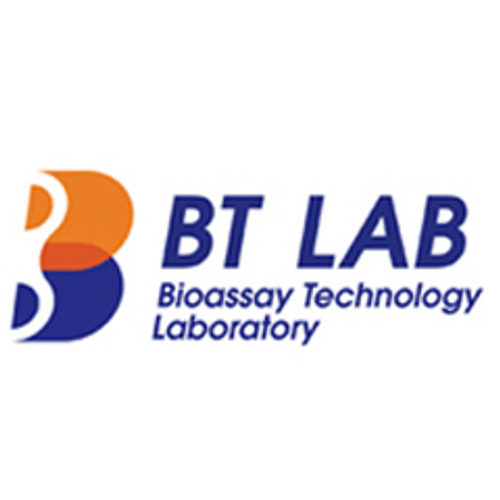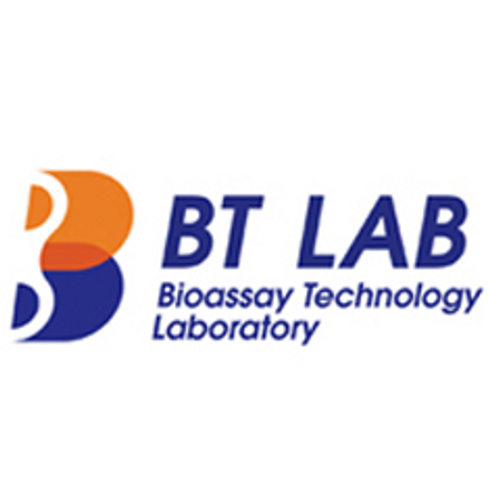Product Description
Human Interleukin 17A (IL-17A) ELISA Kit | AE62989HU | Abebio
Species Reactivity: Human (Homo sapiens)
Abbreviation: IL17A
Alternative Name: CTLA8; IL-17; IL-17A; IL17; cytotoxic T-lymphocyte-associated antigen 8|cytotoxic T-lymphocyte-associated protein 8|cytotoxic T-lymphocyte-associated serine esterase 8|interleukin 17 (cytotoxic T-ly
Application: ELISA
Range: 15.6-1000 pg/mL
Sensitivity: 5.5 pg/mL
Intra-Assay: ≤4.9%
Inter-Assay: ≤6.3%
Recovery: 0, 91
Sample Type: Serum, Plasma, Other biological fluids
Detection Method: Sandwich
Analysis Method : Quantitive
Test Principale: This assay employs a two-site sandwich ELISA to quantitate IL17A in samples. An antibody specific for IL17A has been pre-coated onto a microplate. Standards and samples are pipetted into the wells and anyIL17A present is bound by the immobilized antibody. After removing any unbound substances, a biotin-conjugated antibody specific for IL17A is added to the wells. After washing, Streptavidin conjugated Horseradish Peroxidase (HRP) is added to the wells. Following a wash to remove any unbound avidin-enzyme reagent, a substrate solution is added to the wells and color develops in proportion to the amount of IL17A bound in the initial step. The color development is stopped and the intensity of the color is measured.
Product Overview: Interleukin 17 (IL-17; also known as IL-17A) is a 30 - 35 kDa variably glycosylated homodimeric protein that belongs to a unique family of cysteine-knot related proteins. Its sequence was originally isolated from an activated rodent hybridoma and termed CTLA-8 . It is synthesized as a 155 amino acid (aa) precursor that contains a 23 aa signal sequence and a 15 kDa, 132 aa mature segment. Although there are two intrachain disulfide bonds that create a ring reminiscent of those found in cysteine-knot proteins, the actual closed knot structure does not appear to form. IL-17 has one potential N-linked glycosylation site.IL-17, a T cell-derived proinf lammatory cytokine, is produced by TCRα/β+CD4-CD8- thymocytes, as well as by activated CD4+ and CD4+CD45RO+ memory T cells.
Stability: The stability of ELISA kit is determined by the loss rate of activity. The loss rate of this kit is less than 5% within the expiration date under appropriate storage condition. The loss rate was determined by accelerated thermal degradation test. Keep the kit at 37°C for 4 and 7 days, and compare O.D.values of the kit kept at 37°C with that of at recommended temperature. (referring from China Biological Products Standard, which was calculated by the Arrhenius equation. For ELISA kit, 4 days storage at 37°C can be considered as 6 months at 2 - 8°C, which means 7 days at 37°C equaling 12 months at 2 - 8°C) .
 Euro
Euro
 USD
USD
 British Pound
British Pound
 NULL
NULL








